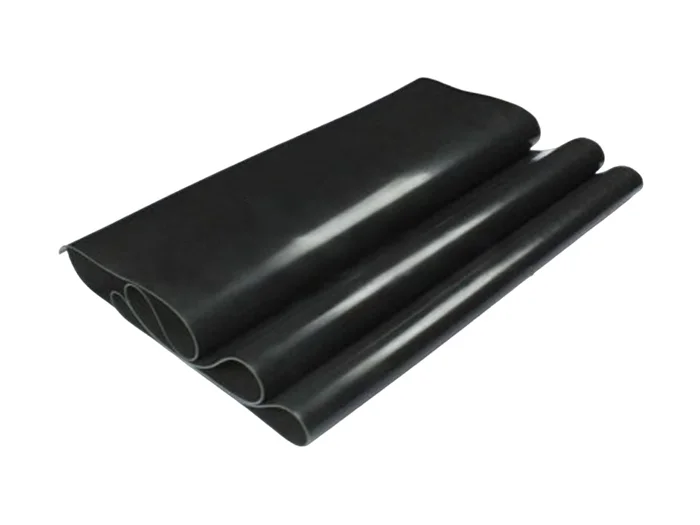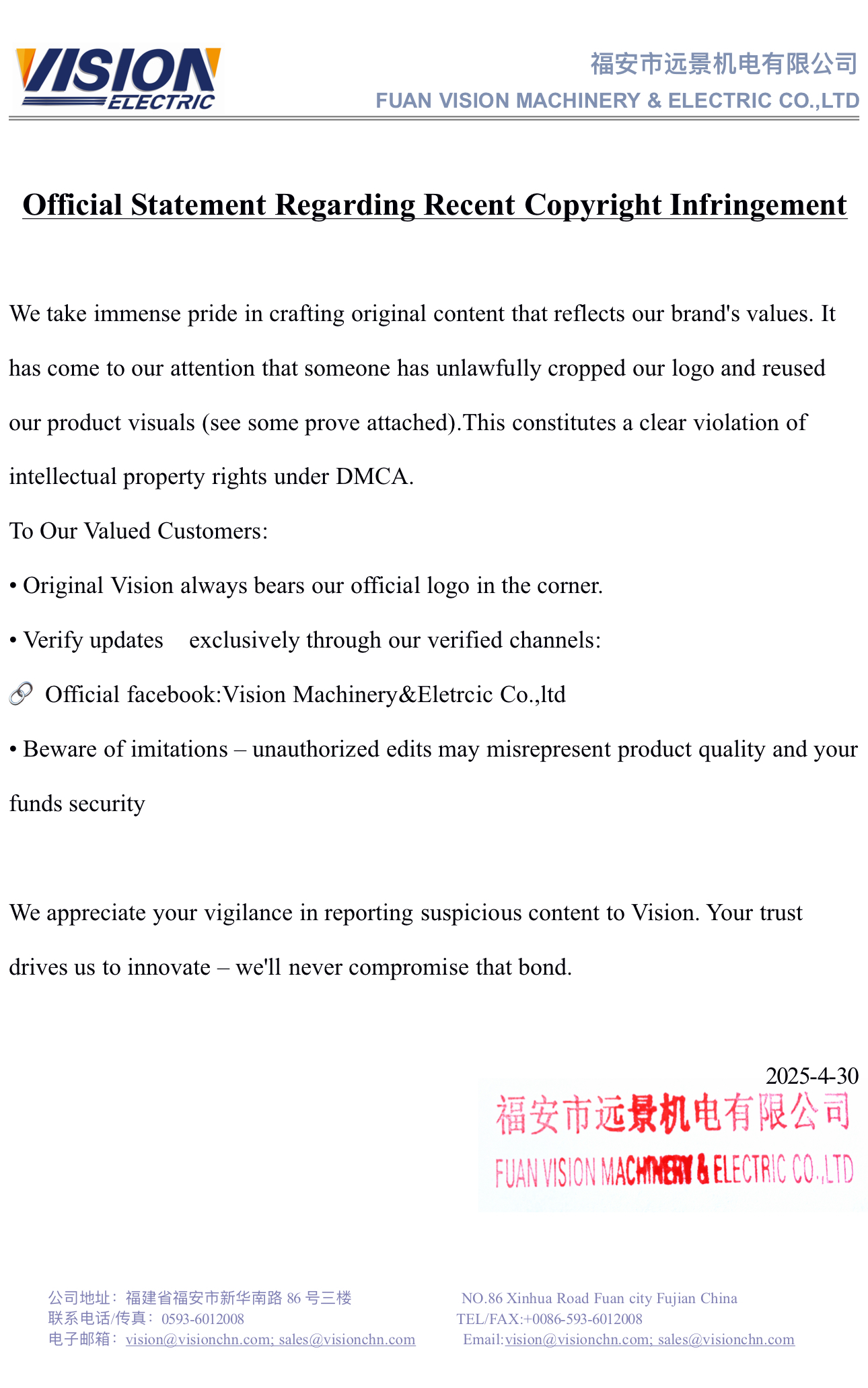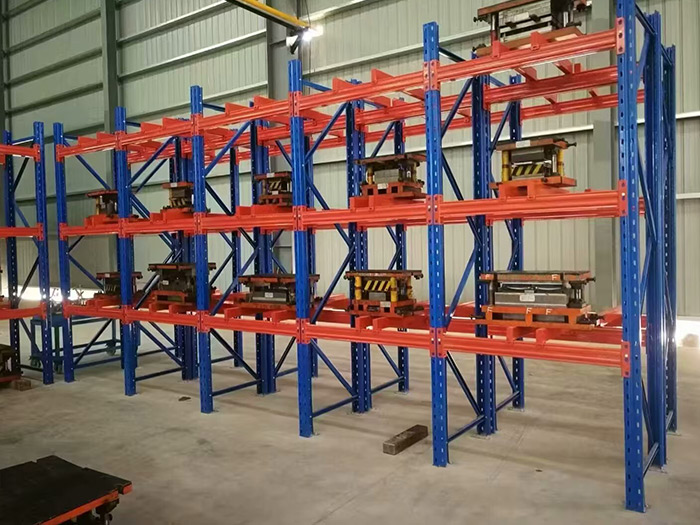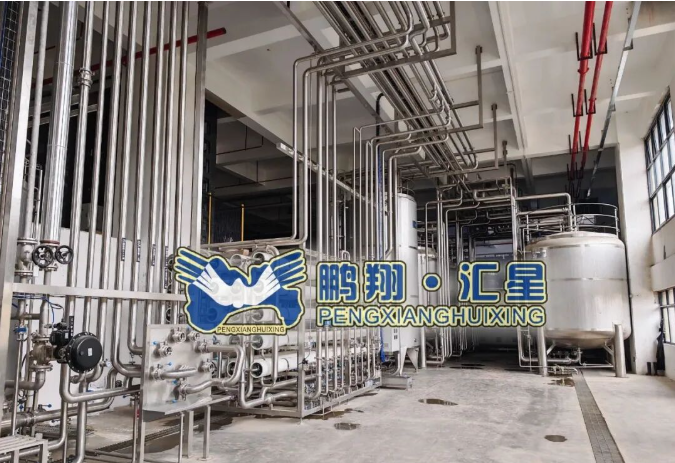In today's fast-paced world, the demand for efficient food packaging has never been greater. As consumers become more conscious of sustainability and convenience, the food industry is constantly seeking innovative solutions to meet these evolving needs. This blog post explores the most efficient food packaging options available, considering factors such as environmental impact, preservation, and consumer convenience.
- Sustainable Packaging Materials:
One of the most pressing concerns in the food industry is the environmental impact of packaging. To address this, manufacturers are increasingly turning to sustainable materials. Biodegradable and compostable packaging made from plant-based materials, such as cornstarch or sugarcane fibers, are gaining popularity. These materials not only reduce waste but also minimize the carbon footprint associated with production and disposal. - Active and Intelligent Packaging:
Efficiency in food packaging goes beyond just preserving the product; it also involves providing real-time information to consumers. Active packaging incorporates technologies that interact with the food, extending its shelf life and maintaining freshness. For example, oxygen scavengers can remove excess oxygen, preventing spoilage. Intelligent packaging, on the other hand, utilizes sensors and indicators to monitor temperature, humidity, and even product quality, ensuring optimal conditions throughout the supply chain. - Modified Atmosphere Packaging (MAP):
MAP is a technique widely used in the food industry to extend the shelf life of perishable products. It involves modifying the atmosphere inside the packaging to slow down deterioration. By adjusting the levels of oxygen, carbon dioxide, and nitrogen, MAP inhibits the growth of bacteria and fungi, preserving the product's quality and freshness. This method is particularly effective for fruits, vegetables, and meat products. - Vacuum Packaging:
Vacuum packaging is a popular choice for both perishable and non-perishable food items. By removing air from the package, the growth of aerobic microorganisms is inhibited, reducing the risk of spoilage. This method also helps to maintain the food's texture, flavor, and nutritional value. Vacuum-sealed packages are commonly used for processed meats, cheese, and coffee, ensuring extended shelf life and enhanced product quality. - Smart Labels and Barcodes:
In the era of digitalization, smart labels and barcodes are revolutionizing food packaging efficiency. These labels provide consumers with detailed information about the product, including ingredients, nutritional facts, and allergen warnings. Additionally, they enable traceability throughout the supply chain, allowing for quick identification of potential issues such as recalls or product authenticity. By scanning a barcode, consumers can access real-time information, enhancing transparency and trust.
Conclusion:
Efficiency in food packaging is a multifaceted concept that encompasses sustainability, preservation, and consumer convenience. The industry's continuous pursuit of innovative solutions has resulted in the emergence of various efficient packaging methods. From sustainable materials to active and intelligent packaging, modified atmosphere packaging, vacuum sealing, and smart labels, each approach contributes to reducing waste, extending shelf life, and enhancing the overall consumer experience. By embracing these efficient packaging solutions, the food industry can meet the demands of a rapidly evolving world while minimizing its environmental impact.




